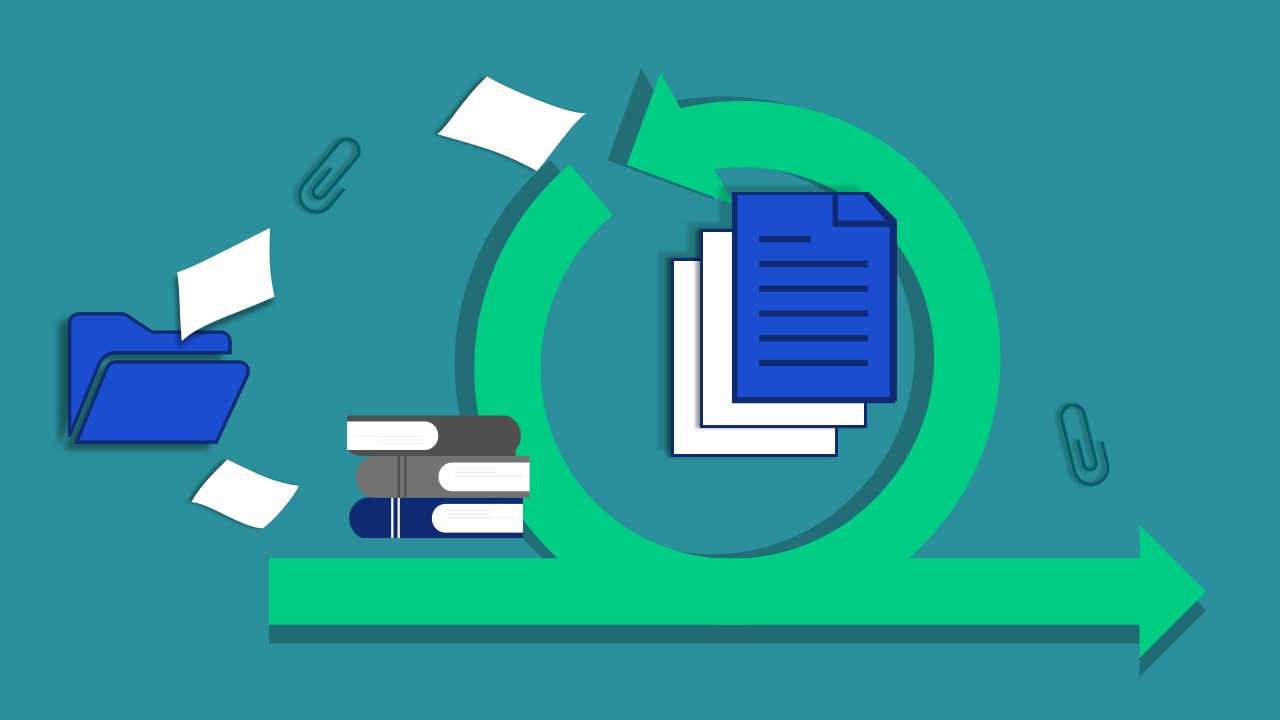NEU!! Entwickelt SxMDs mit einem strukturierten eQMS, einschließlich auditfähriger SxMD-Vorlagen, die an EU- und US-Standards angepasst sind. Mehr Erfahren!
Why Matrix Requirements fits with Agile
Traditionally, where V-model is used as model for device development, documents covering the complete device are the base for progessing in the design development process.

When you want to get a faster way to show and evaluate results of product development, the solution is to split the large device architecture into smaller pieces and start producing those to evaluate their feasibility with users needs and ideas. While taking the uncertainty that not all parts are known for a long time before the device is completed, there are two advantages with the "agile" approach:
Critical functions are implemented early, so the biggest project risks get smaller
User feedback on important user functions can be gotten early, improving the safety of the final device.
This way of design yet does not allow to have documents which describe the whole device as means of communication for approval of next phases in device development.
So, a tool is needed that allows incremental documentation and incremental approval of design steps and development phases.
However, to prove conformity with regulations for medical devices, still documentation for the complete device with traceability and structure of a V-model is the de-facto standard for submissions to any authority.
Matrix Requirements is offering with its digital ALM tool item based documentation, review and approval. MatrixALM also allows the creation of nicely formatted documents for MDR and other conformity review application submissions.